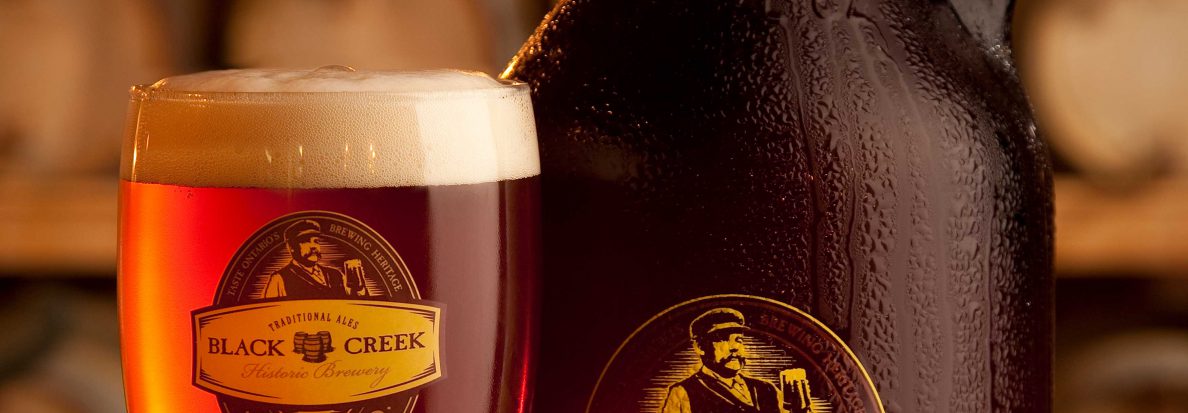 In honour of Canada Day on Sunday Ed is brewing up a special beer. He’s making an oh-so-Canadian Maple Porter using locally made maple syrup! Ed is expecting a deep mahogany brown beer with subtle chocolate notes complimented by a hint of maple syrup. This special brew will be available only at the historic brewery at Black Creek Pioneer Village beginning on Canada Day – July 1st as long as supplies last.
In honour of Canada Day on Sunday Ed is brewing up a special beer. He’s making an oh-so-Canadian Maple Porter using locally made maple syrup! Ed is expecting a deep mahogany brown beer with subtle chocolate notes complimented by a hint of maple syrup. This special brew will be available only at the historic brewery at Black Creek Pioneer Village beginning on Canada Day – July 1st as long as supplies last.
Recipes for maple beers are not very common in the Victorian period, but they certainly existed. Once such recipe appeared in the Young Housekeeper’s Friend in 1846.
Maple molasses is simply maple sap boiled until it reaches the consistency of molasses, thicker than syrup, but not boiled down to sugar crystals. This recipe calls for neither barley nor hops, but many recipes did. A recipe for maple beer that appeared in The Balance, and Columbian repository, Volume 4, a magazine from 1805, notes that malt or bran may be added to the beer. In The Backwoods of Canada, Catherine Parr Traill’s maple beer recipe called for no barley, but she saw hops as an essential ingredient. Recipes for maple vinegar were quite common in the early 1800s when commercially produced vinegar was expensive and hard to obtain in the backwoods of Canada. Housewives and brewers would have had to be careful when brewing beer and vinegar in the same household, as the yeast that makes vinegar is different from the yeast that makes beer, though they act on the same principle ingredients. The brewer would have to be careful or everything he or she brewed would turn to vinegar!
So, come celebrate Canada Day at Black Creek Pioneer Village on Sunday and stop by our historic brewery to pick up a bottle of Maple Porter!



